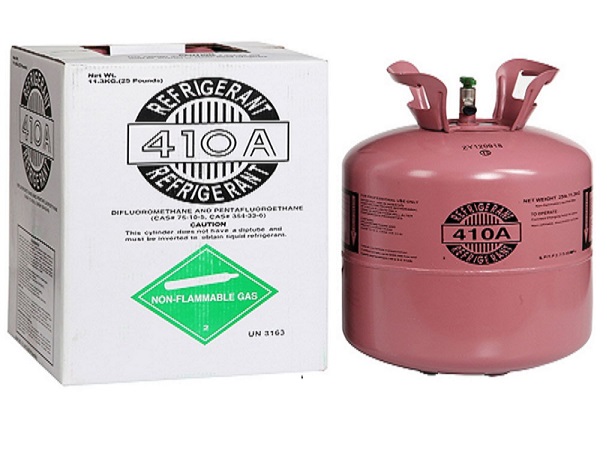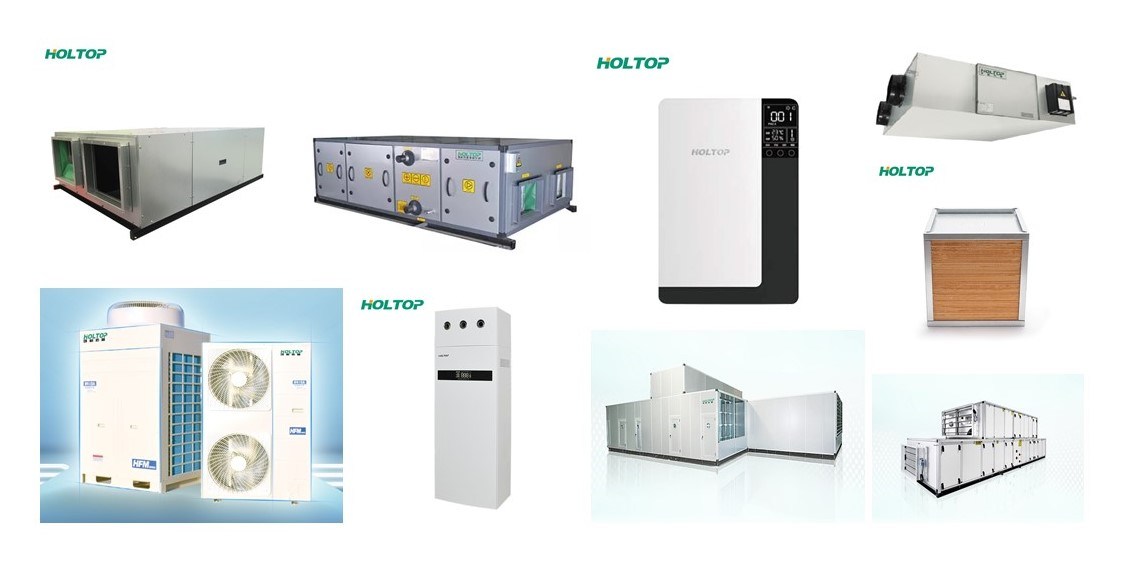The HVACR industry is on the cusp of yet another refrigerant phasedown. R-410A is scheduled for elimination from all new systems in 2023. Many HVACR contractors are not prepared for the change, and there are many questions. Here are some answers.
Why January 2023?
The effort to lower the use of HFCs on a global level is being driven by the Kigali amendment, which calls for a phase down in prescriptive steps. The U.S. has efforts underway at the federal level to pass legislation to phase down the use of HFC’s through the AIM Act. California has proposed regulation at the state level that would prohibit the use of refrigerants greater than 750 GW, including R-410A in new air conditioning equipment.
How will the phaseout will affect daily operations?
Equipment designed for A2L refrigerants will likely have new embedded sensors and controls; management of proliferation of refrigerant options will be needed; there will be a need to comply with storage and transportation requirements of refrigerant, systems and components; and business owners will need to ensure the safety of its who are employees handling the refrigerants (service and install) along with potentially having to provide an explanation of the system changes to the end users.
In relation to inventory plans, why is it not as simple as recovering and recycling, and then making sure they have enough R410A on hand for service needs?
Historically, refrigerant transitions have led to an increased push for replacement ahead of the transition and an increased replacement market post-transition. This can be caused by increased cost of systems and the unknowns of the new refrigerant. There will likely be two refrigerants replacing R-410A: R-32 and R-454B. This could cause distributors/wholesalers to specify certain brands based on which refrigerant they prefer. In some states, we might see a requirement for the use of reclaim refrigerant for service.
What is the status of building code modifications, which will be required to use a mildly flammable refrigerant?
These modifications are underway. To date, only non-toxic, non-flammable refrigerants have been permitted in high probability, direct expansion (DX) systems for both residential and commercial use. Product safety and application standards have been developed for the safe use of these newer mildly flammable refrigerants, but model and building codes need to be modified to permit their use.
There was an effort to modify the model codes (ICC and IAPMO) during the 2021 code cycle; however, the publication of the safety standards did not occur with enough time for all stakeholders to review and evaluate the limitations and safety mitigations required. As a result, the proposal to add mildly flammable refrigerants into the model codes was voted down and is now being considered for the 2024 code cycle.
At the state level, Washington has adopted UL 60335-2-40 3rd edition and ASHRAE 15 2019 edition into their state building codes. These are the revised safety standards that address the use of A2L fluids in new equipment. Additional states may be looking to Washington as an example, or they could follow the more traditional approach of waiting for the model codes to be updated and then adopting those into their state and local codes.
What are the best resources for information, including training?
Industry organizations provide a number of resources to help contractors navigate these changes, including AHRI and NATE. AHRI organized the Safe Refrigerant Transition Task Force to evaluate the safe commercialization of low-GWP refrigerants and share learnings with the industry. From a training standpoint, it is imperative for technicians to prepare with NATE training and certification so they can install and service systems that meet new efficiency and refrigerant regulations with confidence.
















